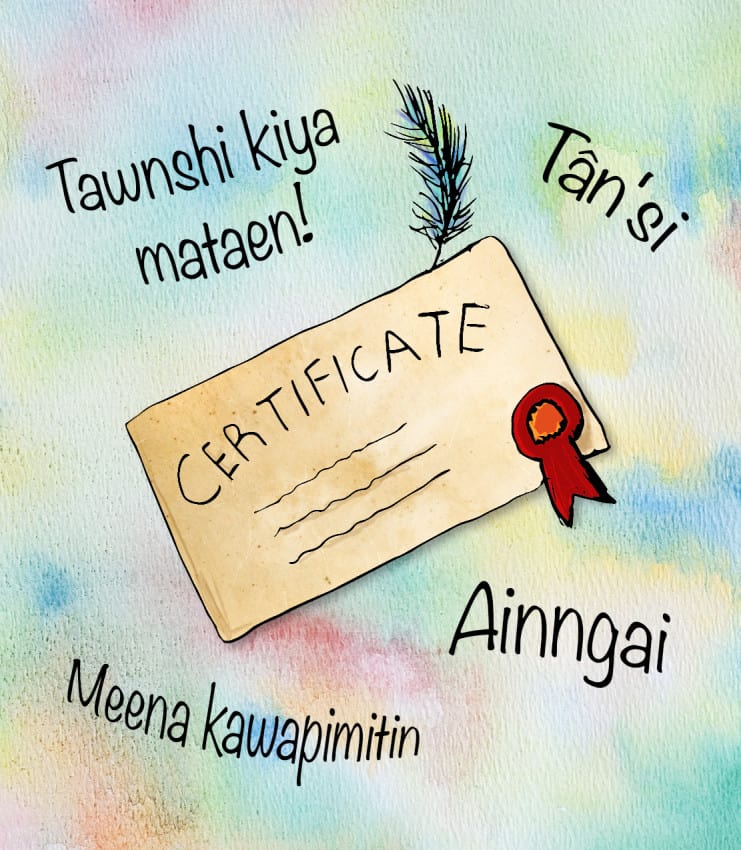For the first time in history, students at the University of Saskatchewan will be able to obtain certificates in Indigenous languages beginning in the fall of 2015.
This development is a collaboration between the College of Education and the College of Arts and Science, and signals a commitment to preserving and promoting First Nations, Métis and Inuit culture at the U of S. A formal memorandum of understanding has been signed between the colleges, each offering its own unique learning opportunities.
The College of Education will offer an Indigenous language certificate starting in September. As a two-year 10-course program, the Indigenous language certificate will prepare students to teach Indigenous languages in a variety of environments.
Chris Scribe, coordinator of the Indian Teacher Education Program and First Nations, Métis and Inuit programming at the College of Education, speaks to the goals and impact of this addition.
“The aim of the ILC is to provide teachers with the methodology, confidence and oral fluency of Indigenous languages specific to our traditional territories in which we live. There is no better place to revitalize language than in the classroom with our youth,” Scribe said.
place to revitalize language than in the classroom with our youth,” Scribe said.
Scribe also acknowledges the significance that the program holds for cultural preservation.
“We also hope to halt the loss of Indigenous languages throughout the province by facilitating the connection between language speakers and those wanting to learn. The college is honoured to have the opportunity to contribute to this work.”
The program offered through the College of Education will initially focus on Cree, with Michif and other Indigenous languages to be offered in the future. Enrollment will be open to current education students and postgraduate students who majored in either education or Indigenous studies. The Saskatchewan Ministry of Education also fully recognizes the program as a special qualification for teachers.
“This language certificate is a trailblazer for methodological and pedagogical Indigenous language revitalization. Our university is not only encouraging the revitalization of Indigenous languages; we are celebrating and honouring it with the recognition it deserves,” Scribe said.
The College of Arts and Science is working towards offering its own certificate of proficiency in Cree language as well. While the certificate is still in development, the program aims to be a five to 10-course certificate that can be taken separately or alongside any undergraduate degree at the U of S.
Between these two programs, Scribe believes that the U of S has strengthened its commitment to preserving Indigenous culture.
“Language is the heartbeat of Indigenous culture. It is the connection to the Indigenous knowledge, traditional territories and Indigenous ways of knowing,” Scribe said.
This connection to the past is an integral part of the Indigenous language certificate program.
“The literal Cree translation for the word school [kiskinwahamâtowikamik] is ‘place where we go to cry.’ It was so named because of the cultural genocide imposed on Indigenous people through the residential school era,” Scribe said.
Moreover, he insists that learning can also be a tool for healing and remembrance.
“An elder gave some very wise words in regards to the influence of schools on Indigenous culture: he said, ‘Yes it is true that [residential] schools were responsible for the assault on our languages; however, if schools can do that much damage to us as a people, they also have the ability to bring it back and revitalize it.’ Powerful words and the guiding hope behind our language certificate,” Scribe said.
—
Image: Jeremy Britz/Graphics Editor